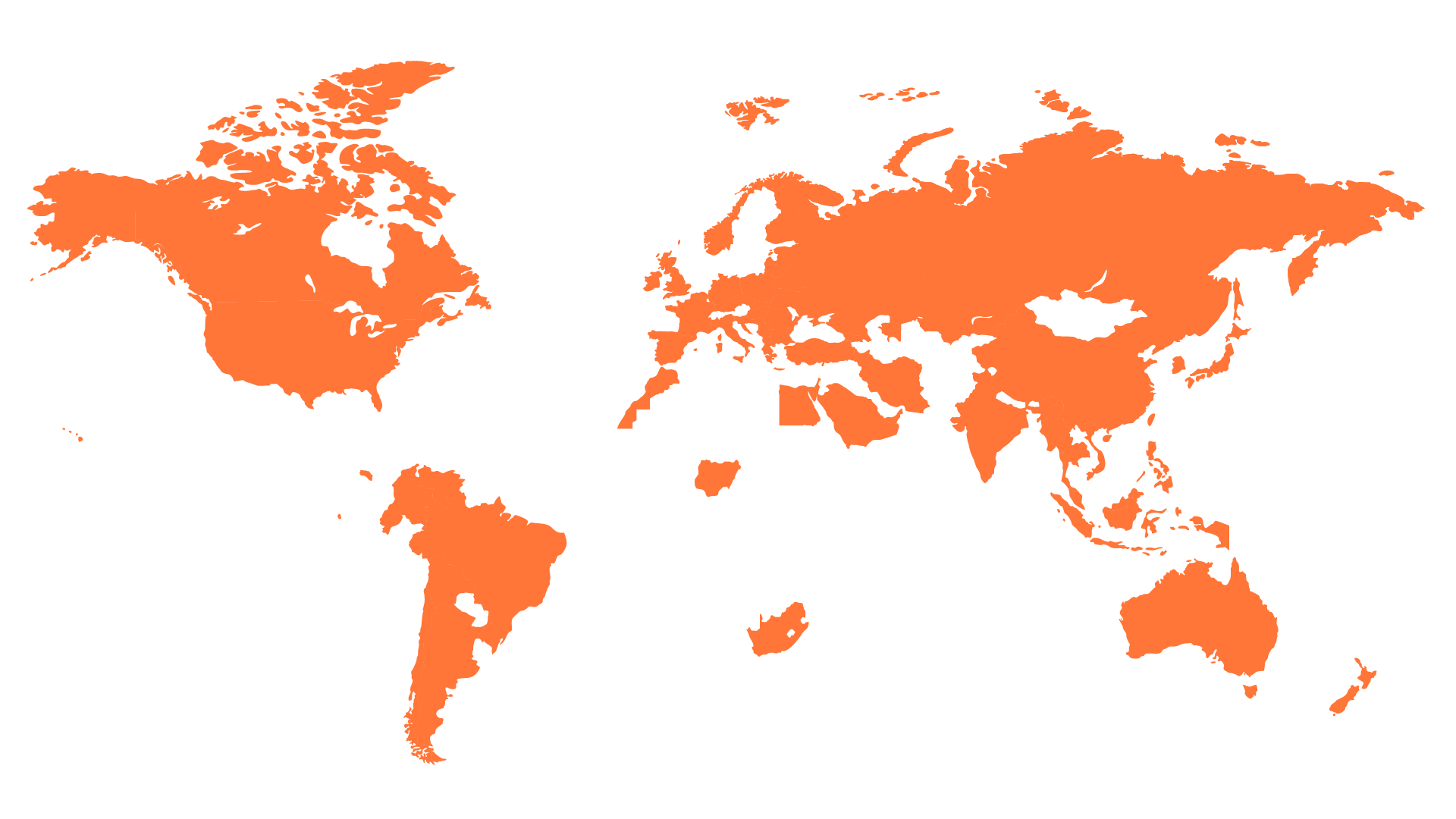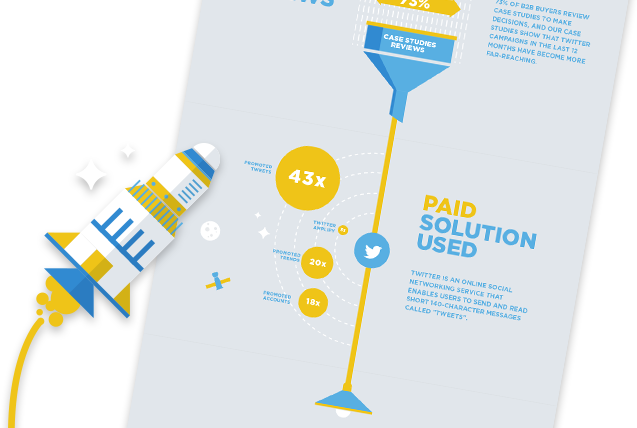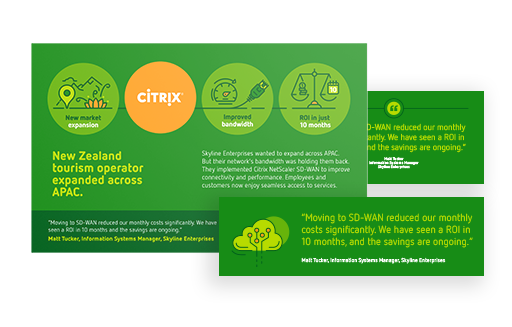
Cultural differences impact international business. This is nothing new, isn’t it? So why did I decide to write this article? Well, when you work in a fully remote company spread around the world—as we proudly do in Wings4U—and manage your clients' global customer stories program, breaking down the invisible cultural barriers is not an option—it’s part of your job.
The Challenge: Building Rapport in Just 60 Minutes
In most of the written story projects we lead, we coordinate a one-hour call with the advocate to learn about their success story. In under 60 minutes, we need to generate rapport enough to make the customer feel comfortable so they want to share their challenges, concerns, and outcomes.
In my efforts to improve our effectiveness in capturing impactful insights while respecting cultural diversity, I came across The Culture Map, a must-read book for every person working in a global business. The author, Erin Meyer, enables an intelligent analytical framework with practical, actionable advice to decode how culture influences your international collaboration. I twisted it a bit and imagined how to implement her recommendations to level up our worldwide storytelling.
A Framework for Success: Insights from The Culture Map
Although Meyer identified eight cultural dimensions that significantly impact multicultural interactions, one particularly caught my attention: communicating. Understanding high- and low-context communication can help you build stronger connections with your customers by tailoring your questions and conducting your interviews according to cultural nuances.
High- and low-context cultures are terms from anthropology and communication studies that describe how people in different societies communicate, convey meaning, and interpret information. While in high-context cultures, a significant part of communication relies heavily on context and subtle cues rather than explicitly stated, in low-context cultures, most information is conveyed through explicit, direct communication.
Let’s dive into both!

High-Context Communication: Building Trust Through Subtlety
People from Japan, China, India, Brazil, and Saudi Arabia often avoid saying things directly. Instead, they rely on hints, metaphors, or non-verbal cues. This indirect approach can help maintain harmony, avoid confrontation, and show respect.
Relationships and trust-building are paramount when managing customer success stories across high-cultural contexts. Before getting down to business, people may prioritize social bonding. This often means that decisions or agreements may rely on mutual trust rather than formal contracts. As communication is less about explicit information and more about understanding the underlying message, silence, pauses, tone, gestures, and body language play a significant role.
So, how can you approach your customers who share this culture?
Let’s see some examples:
When interviewing Japanese customers, it is helpful to ask open-ended questions and allow them space to elaborate without pressuring them for details. Avoid directly asking about mistakes or challenges; instead, ask how a solution “enhanced” or “improved” their work.
For example, frame questions that encourage storytelling and subtly guide the conversation without demanding specifics: “Can you share an experience where you felt our product made an impact?” Softer phrasing is also recommended, such as "Would you mind sharing a bit about...", which is more inviting than a direct question.
In Brazil, the context around the message is crucial. Start by building a friendly rapport and showing interest in local culture or recent events. Brazilians often blend personal connections with professional ones, so take time to connect personally before diving into formal questions.
Low-Context Communication: Getting Straight to the Point
People from the United States, Germany, Switzerland, Netherlands, and Australia rely less on the surrounding context and more on spoken or written words to understand the meaning. They tend to express opinions, ideas, and requests directly. There is less concern with maintaining harmony in communication, so it’s common to provide precise feedback or make straightforward requests in a way that leaves little room for interpretation.
Low-context cultures are generally more task- or goal-oriented than relationship-oriented. While relationships are valued, they often take a backseat to efficiency and productivity, especially in professional settings.
What are the implications for customer success stories?
Ask direct questions about measurable outcomes and specific challenges. For example, “How did our product help you achieve your goals? Can you provide specific examples?”
Germany, a low-context culture, prefers direct, straightforward communication. Here, asking specific questions about performance metrics and key challenges is usually well-received. German customers appreciate factual, concise storytelling, so be transparent about the impact of your product or service without overgeneralizing.
The USA has a task-oriented culture. American customers typically appreciate efficiency and directness. Starting the conversation with a quick summary of the session's goals and then moving directly to the success story is usually preferred. American clients may expect quick follow-ups, so plan for efficient story turnaround.
Strengthening Stories Through Cultural Awareness
Reflecting on our global storytelling experiences at Wings4U, it’s evident that adapting to cultural nuances isn’t just a courtesy—it’s a necessity for uncovering genuine, impactful customer stories. Each conversation reveals something unique about how our clients across the globe perceive and value success, compelling us to enhance our listening skills and become more insightful storytellers.
In my next article, I’ll explore more country-specific practices and share actionable insights from regions as diverse as South Korea and France. In the meantime, I’d love to hear from you! Whether you have experience managing multicultural customer stories or thoughts on the ideas shared here, feel free to reach out and share your perspective. Let’s keep this conversation thriving and learn from each other’s remarkable journeys in our interconnected world!







